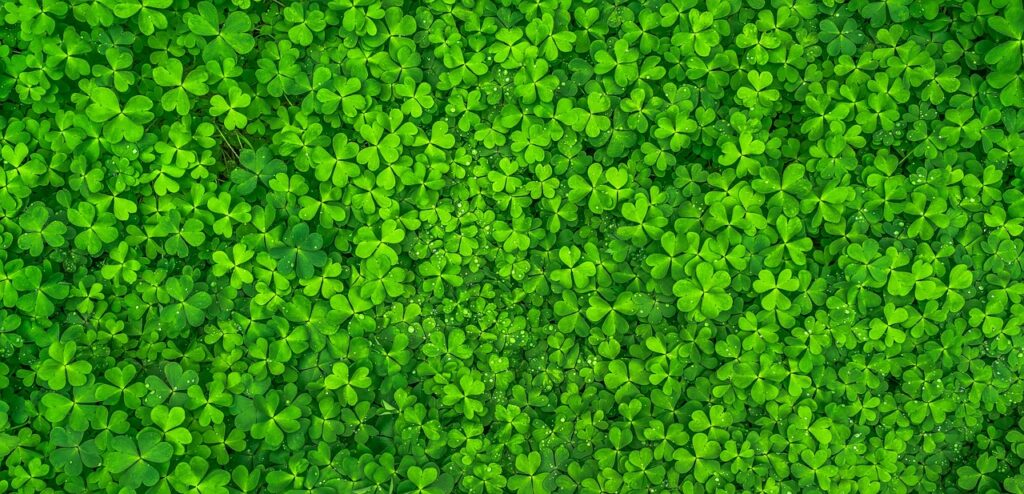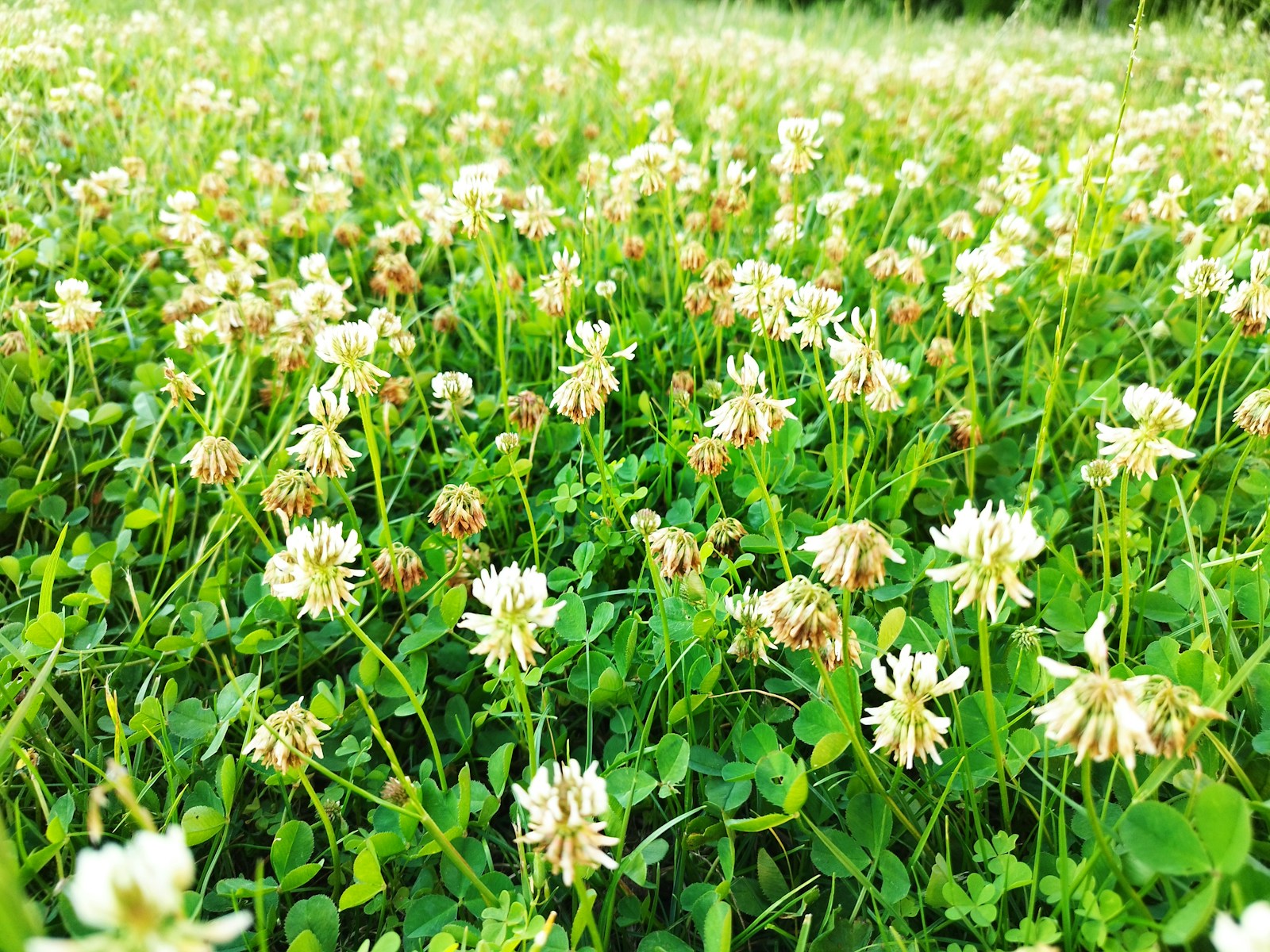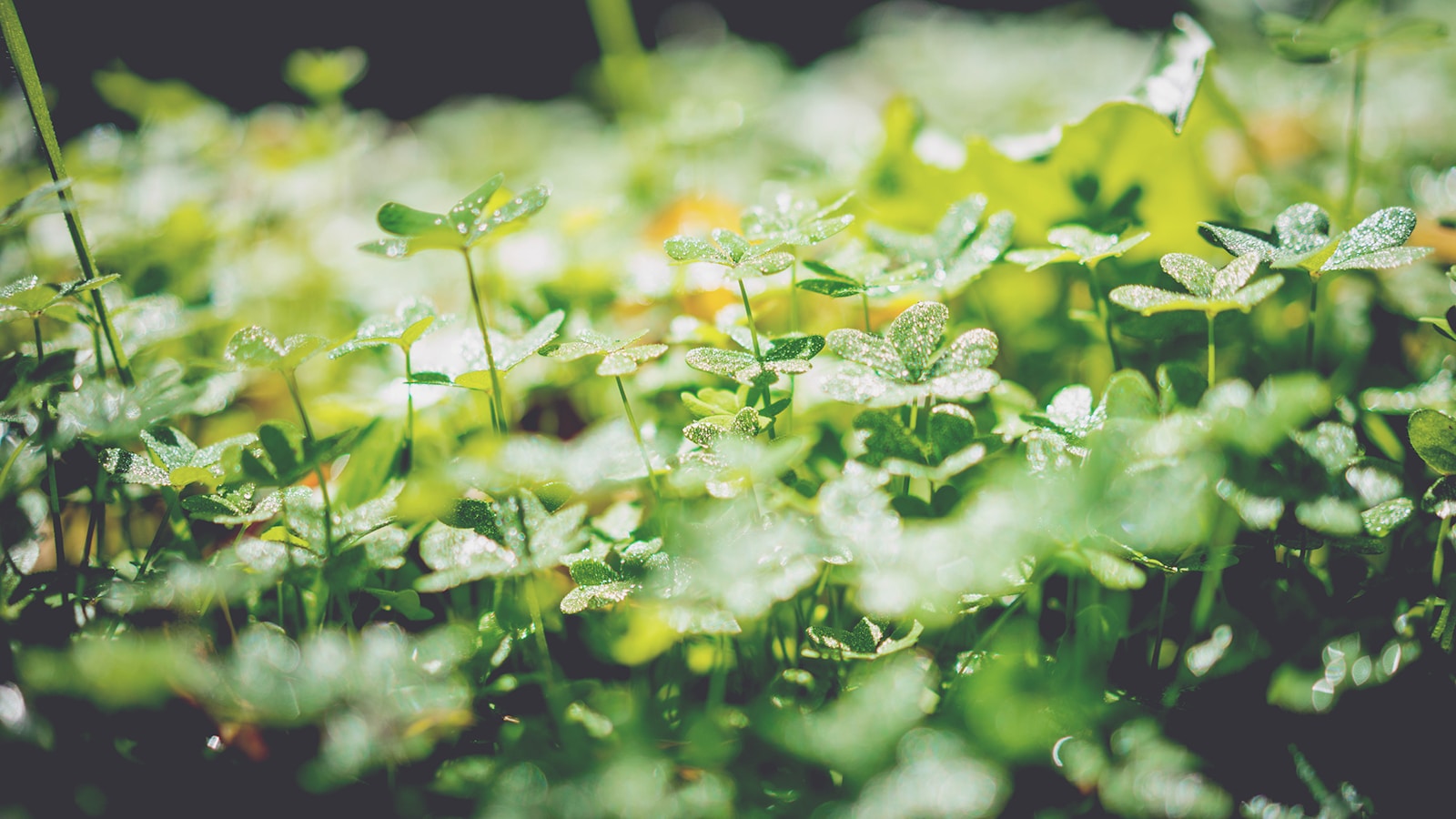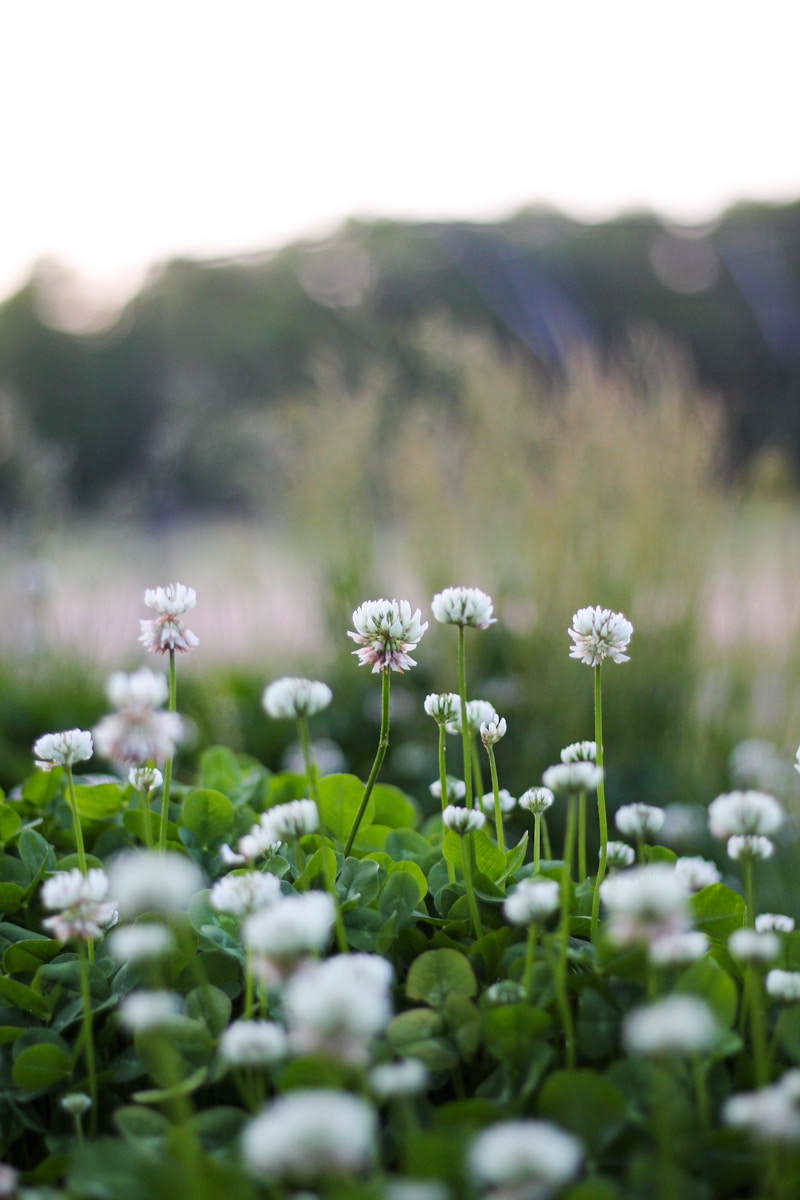Clover grass seed has gained popularity as a low-maintenance, eco-friendly alternative to traditional turfgrass. Homeowners are increasingly turning to clover as a groundcover for its lush appearance, sustainability benefits, and resilience in various climates.
Why Choose Clover as a Groundcover?
Clover offers a range of benefits that make it an attractive choice for lawns and landscapes, including:
- Low Maintenance: Requires less mowing, watering, and fertilization compared to traditional grass.
- Drought Tolerance: Thrives with minimal irrigation.
- Natural Fertilization: Fixes nitrogen in the soil, reducing the need for synthetic fertilizers.
- Pollinator-Friendly: Attracts bees and other beneficial insects.
- Soft Texture: Provides a lush, barefoot-friendly surface.
Types of Clover for Groundcover
Choosing the right clover variety is crucial for achieving your landscaping goals. Some popular types include:
White Clover (Trifolium repens)
- Commonly used in lawns
- Grows low to the ground
- Excellent nitrogen fixer
Microclover
- Smaller leaves and lower growth habit
- Blends well with traditional grasses
- Less invasive than standard white clover
Red Clover (Trifolium pratense)
- Taller growth
- Ideal for larger areas or meadows
- Adds visual interest with its red flowers
How to Plant Clover Grass Seed
Follow these steps to establish a healthy clover lawn:
- Soil Preparation:
- Test soil pH; clover prefers a pH between 6.0-7.0.
- Remove weeds and debris.
- Loosen soil with a rake or tiller.
- Seeding:
- Spread seeds evenly using a broadcast spreader.
- Lightly rake to ensure good seed-to-soil contact.
- Water gently to keep soil moist until germination.
- Maintenance:
- Mow occasionally to control height.
- Water sparingly after establishment.
- Avoid excessive foot traffic during early growth.
Clover vs. Traditional Grass
| Feature | Clover Grass | Traditional Turfgrass |
|---|---|---|
| Water Requirements | Low | High |
| Fertilization Needs | Minimal (fixes nitrogen) | Frequent |
| Mowing Frequency | Infrequent | Regular |
| Pollinator-Friendly | Yes | No |
| Aesthetic Appeal | Soft, green, and dense | Uniform and structured |
Environmental Benefits of Clover Lawns
- Carbon Sequestration: Clover helps absorb carbon dioxide from the atmosphere.
- Biodiversity Support: Encourages beneficial insects and soil organisms.
- Erosion Control: Deep roots help stabilize soil.
- Reduced Chemical Use: Limits reliance on herbicides and fertilizers.

Common Mistakes When Growing Clover
Avoid these pitfalls to ensure success:
- Overwatering: Clover prefers well-drained soil and can suffer from root rot if overwatered.
- Ignoring pH Levels: Test and adjust soil pH for optimal growth.
- Mixing Incompatible Seeds: Choose companion grasses carefully to avoid competition.
Practical Uses for Clover in Landscaping
- Mixed Lawns: Combine with fescue or ryegrass for a balanced lawn.
- Groundcover in Garden Beds: Suppresses weeds naturally.
- Pathway Edging: Prevents soil erosion along walkways.
Real-Life Success Stories
Many homeowners have successfully transitioned to clover lawns and report significant reductions in water bills and lawn care efforts. A Minnesota homeowner, for example, replaced their front yard with white clover and saw a 40% reduction in maintenance costs while supporting local pollinators.
Final Thoughts
Clover grass seed is an excellent option for homeowners seeking a low-maintenance, sustainable, and visually appealing groundcover. Whether used alone or mixed with traditional grasses, clover provides numerous environmental and aesthetic benefits.



